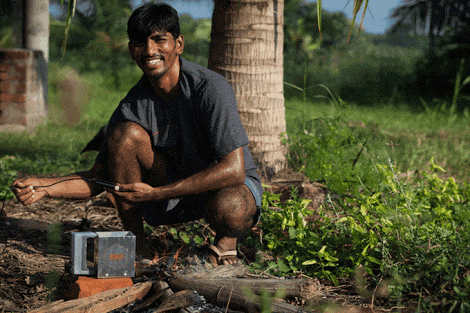Barley and wheat cultivation—along with the domestication of cattle, primarily sheep and goat—was visible in Mehrgarh by 8000–6000 BCE. They cultivated six-row barley, einkorn and emmer wheat, jujubes and dates, and herded sheep, goats and cattle. Residents of the later period (5500 BC to 2600 BC) put much effort into crafts, including flint knapping, tanning, bead production, and metal working. The site was occupied continuously until about 2655 BC.

Irrigation was developed in the Indus Valley Civilization (see also Mohenjo-daro) by around 4500 BCE.The size and prosperity of the Indus civilization grew as a result of this innovation, which eventually led to more planned settlements making use of drainage and sewers.Sophisticated irrigation and water storage systems were developed by the Indus Valley Civilization, including artificial reservoirs at Girnar dated to 3000 BCE, and an early canal irrigation system from circa 2600 BCE.
Archeological evidence of an animal-drawn plough dates back to 2500 BC in the Indus Valley Civilization.
All agricultural affairs and activities in Pakistan are overseen and regulated by the Ministry of Agriculture.
tuseef-akram.....

Thank you........
